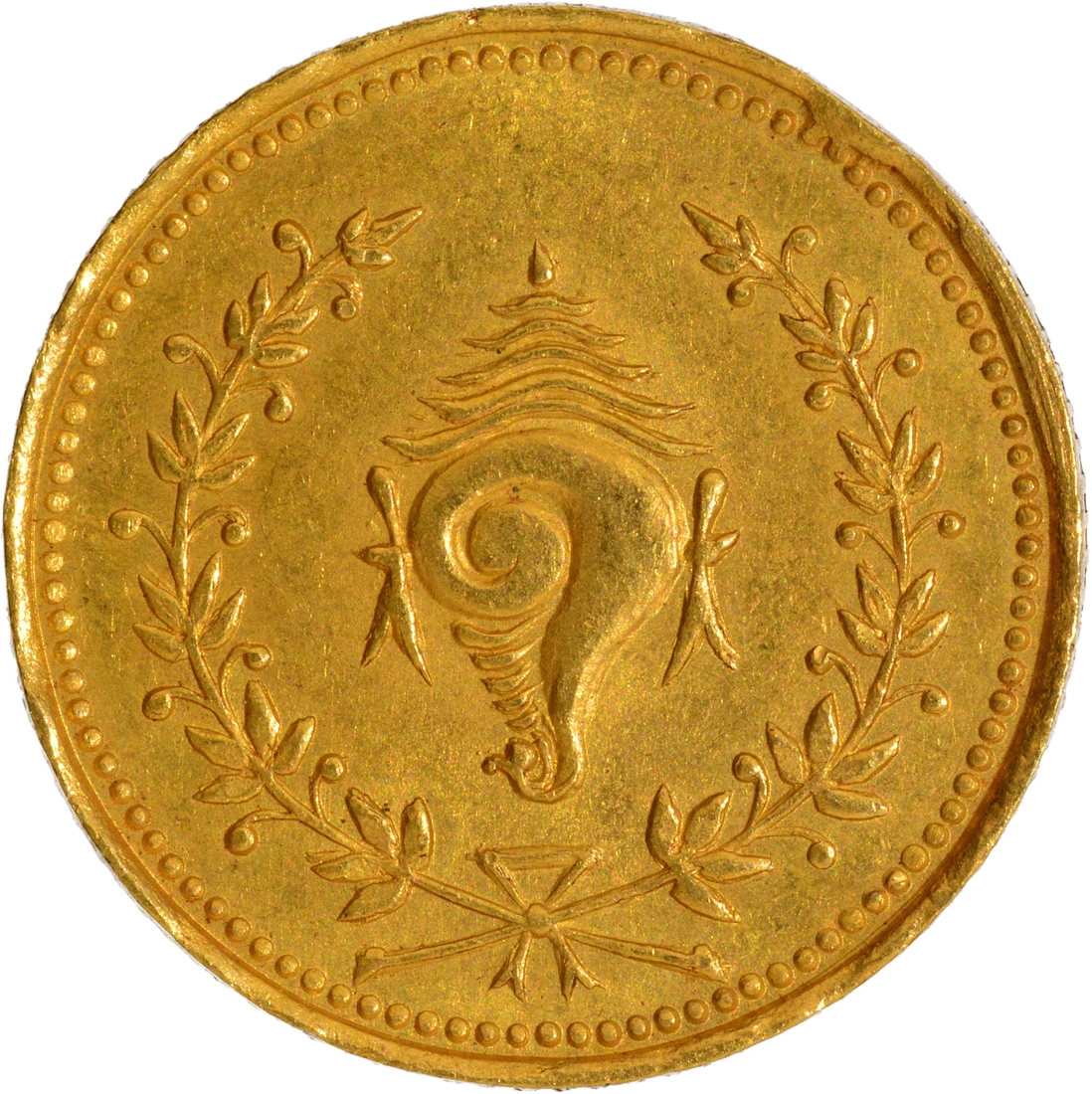 Folks With Heart Disease Urged to Take Precautions Before Flying. How comparable these values are for kids just isn’t identified; nonetheless, for kids with threat components ( Table 1 ), the child’s partial stress of carbon dioxide must be checked as a result of hyper-capnia can counsel poor pulmonary reserve, which may doubtlessly be problematic at larger altitudes ( 1 ). Infants with persistent lung disease are significantly at risk, although otherwise healthy infants, especially if born premature, are also at risk ( 15 ). Arrangements to supply oxygen and monitoring tools must be made upfront with the airline.\n\nThere are some cardiovascular ailments which might be contraindications to industrial airline flight; those specifically for paediatric patients embody uncontrolled hypertension, uncontrolled supraventricular tachycardia and Eisenmenger’s syndrome ( 21 ).\n\nThe Cochrane Peripheral Vascular Ailments Group, nonetheless, has submitted a protocol that will assess this stage of threat ( 22 ). Kids with thrombophilia, previous thromboembolism, malignancy or major surgery within six weeks may be at high threat of growing deep vein thrombosis and will require prophylaxis with low-molecular-weight heparin or acetylsalicylic acid ( 1 ). Consultation with a thrombosis specialist may be indicated.
Folks With Heart Disease Urged to Take Precautions Before Flying. How comparable these values are for kids just isn’t identified; nonetheless, for kids with threat components ( Table 1 ), the child’s partial stress of carbon dioxide must be checked as a result of hyper-capnia can counsel poor pulmonary reserve, which may doubtlessly be problematic at larger altitudes ( 1 ). Infants with persistent lung disease are significantly at risk, although otherwise healthy infants, especially if born premature, are also at risk ( 15 ). Arrangements to supply oxygen and monitoring tools must be made upfront with the airline.\n\nThere are some cardiovascular ailments which might be contraindications to industrial airline flight; those specifically for paediatric patients embody uncontrolled hypertension, uncontrolled supraventricular tachycardia and Eisenmenger’s syndrome ( 21 ).\n\nThe Cochrane Peripheral Vascular Ailments Group, nonetheless, has submitted a protocol that will assess this stage of threat ( 22 ). Kids with thrombophilia, previous thromboembolism, malignancy or major surgery within six weeks may be at high threat of growing deep vein thrombosis and will require prophylaxis with low-molecular-weight heparin or acetylsalicylic acid ( 1 ). Consultation with a thrombosis specialist may be indicated. \n\nPhysicians are incessantly asked in regards to the impression of flying on kids’s ears (pain and hearing), especially if there is a history of otitis media; despite this, there are very few printed studies, and most of these are descriptive or primarily based on skilled opinion.\n\nWith the advice of a physician, a topical nasal decongestant may help if used no less than 30 min before takeoff and landing ( 15 ). In a randomized, double-blind, placebo-controlled examine, oral pseudoephedrine did not provide any symptomatic benefit for kids with ear pain during flight, nevertheless it did enhance drowsiness ( 25 ). In a prospective examine, limited by a sample dimension of 14, kids with otitis media with effusion did not experience an increase in symptomatology or issues because of air travel, perhaps as a result of the eustachian tube was full of fluid, somewhat than gasoline or air-fluid levels ( 26 ). Kids adequately treated for acute otitis media (AOM) might be able to safely fly two weeks from prognosis ( 27 ); this evidence, nonetheless, is proscribed to skilled opinion.
\n\nPhysicians are incessantly asked in regards to the impression of flying on kids’s ears (pain and hearing), especially if there is a history of otitis media; despite this, there are very few printed studies, and most of these are descriptive or primarily based on skilled opinion.\n\nWith the advice of a physician, a topical nasal decongestant may help if used no less than 30 min before takeoff and landing ( 15 ). In a randomized, double-blind, placebo-controlled examine, oral pseudoephedrine did not provide any symptomatic benefit for kids with ear pain during flight, nevertheless it did enhance drowsiness ( 25 ). In a prospective examine, limited by a sample dimension of 14, kids with otitis media with effusion did not experience an increase in symptomatology or issues because of air travel, perhaps as a result of the eustachian tube was full of fluid, somewhat than gasoline or air-fluid levels ( 26 ). Kids adequately treated for acute otitis media (AOM) might be able to safely fly two weeks from prognosis ( 27 ); this evidence, nonetheless, is proscribed to skilled opinion.
English Vocabulary Word Record
Related Posts
Tranquil Escapes Malibu Huts on Nusa Penida Island
Discovering Tranquil Escapes: Malibu Huts on Nusa Penida Island A Slice of Paradise Nusa Penida Island, nestled in the heart of Indonesia’s archipelago, offers a slice of paradise for travelers…
Mercure Hotel Kuta Bali Where Comfort Meets Paradise
Embracing Serene Luxury: Mercure Hotel Kuta Bali A Balinese Oasis Nestled in the heart of Bali’s vibrant Kuta district, Mercure Hotel offers a haven where comfort seamlessly blends with paradise.…








